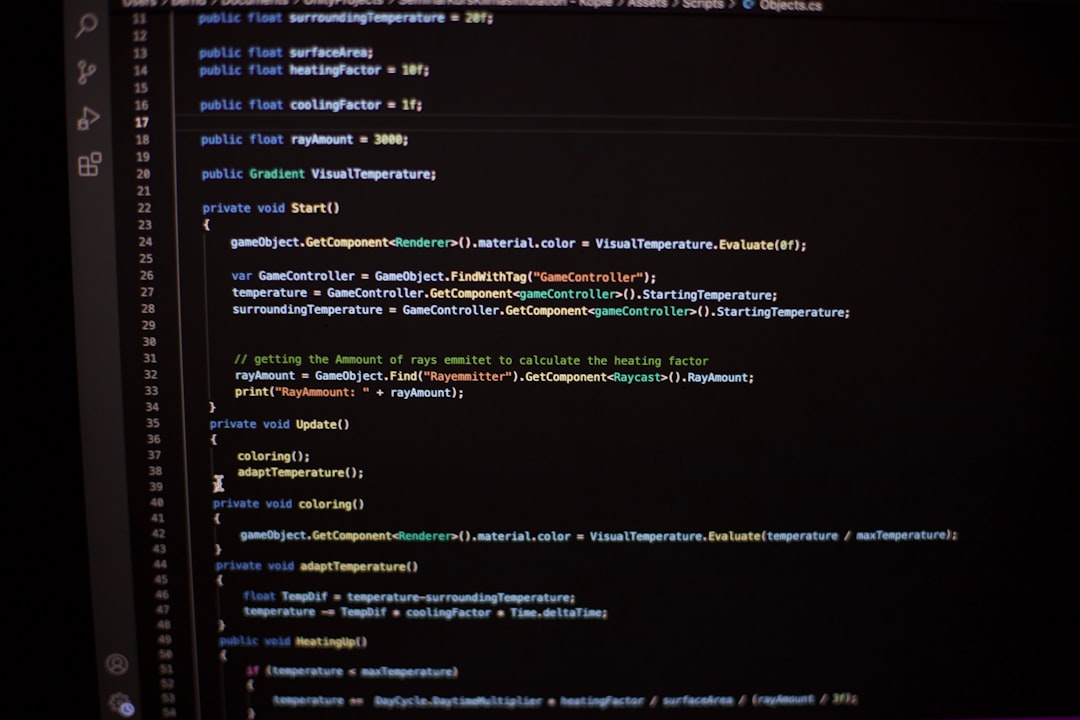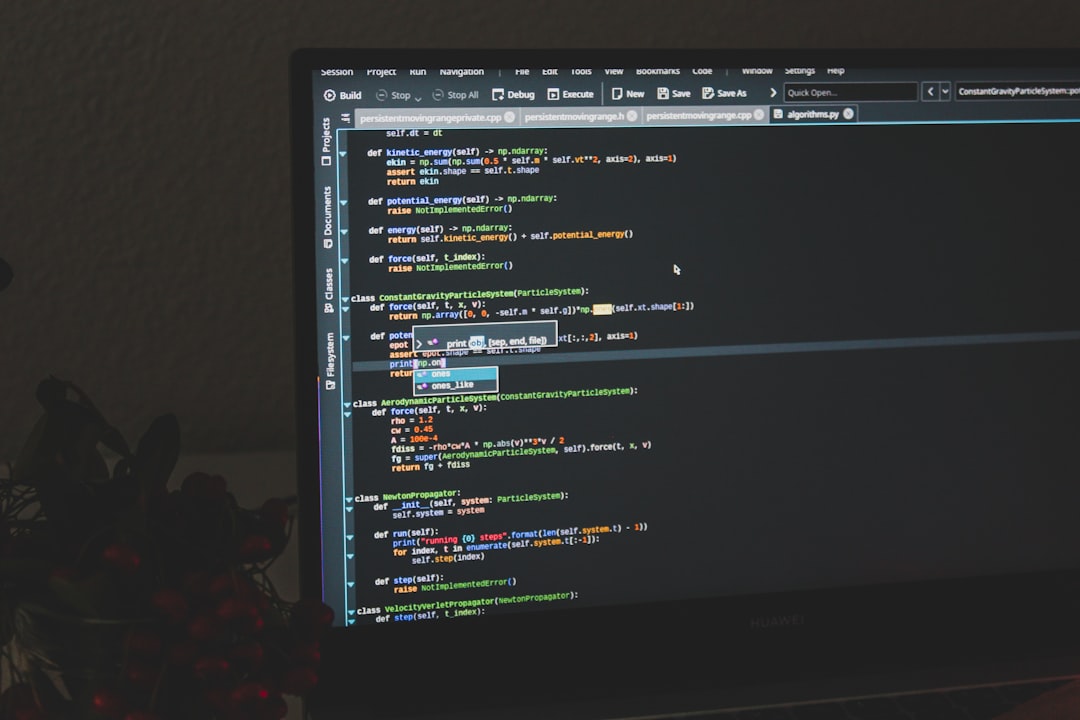The Mac operating system offers many hidden gems for users looking to fine-tune the way their system behaves. One such tool that advanced users and macOS enthusiasts might leverage is the Userinit SH script. While not officially documented under this name by Apple, many refer to the practice of initiating user-defined Bash or shell scripts at startup as using “userinit.sh.” This method can prove invaluable for automating repetitive tasks, setting environment parameters, or launching apps the moment the system boots. For beginners, however, diving into the world of shell scripts and macOS system automation can be a little intimidating. This guide simplifies the subject and walks beginners through how to properly use userinit.sh to automate startup tasks on a Mac.
What is userinit.sh and Why Use It?
userinit.sh is simply a user-defined shell script that can be configured to run each time a user logs into their Mac. Shell scripts are text-based files that contain a series of commands, and using them can help save time and standardize your system’s behavior. Automating startup tasks through this method could include launching certain apps, setting environment variables, or running cleanup commands.
Compared to using macOS system preferences like Login Items, using shell scripts provides more flexibility and control. Advanced actions—like mounting network drives, syncing files, or running development environments—can be executed as soon as the user logs in.
Step-by-Step Guide to Setting Up userinit.sh
1. Create Your Shell Script
The first step is to create your actual shell script file. Open the Terminal app and follow the steps below:
touch ~/userinit.sh
chmod +x ~/userinit.sh
nano ~/userinit.shThis creates the script in your home directory, makes it executable, and opens it in a simple editor. Inside the editor, add commands you’ll want to automate at login. For example:
#!/bin/bash
echo "Running startup tasks..."
open -a "Safari"
This basic script opens Safari when the user logs in. You can customize it with more complex commands depending on your needs.
2. Schedule the Script via LaunchAgent
macOS uses LaunchAgents for per-user startup scripts. Here’s how to link your userinit.sh to a LaunchAgent:
- Navigate to
~/Library/LaunchAgents. If this folder doesn’t exist, create it: - Create a .plist file to configure launch behavior:
- Paste the following content inside the plist file:
- Use Full Paths: Always specify the full path to applications or files. For instance, use
/Applications/Google Chrome.app/Contents/MacOS/Google Chromeinstead of justGoogle Chrome. - Log Output: Add logging to your script so you can troubleshoot later. For example, you can append output to a file using
>> ~/userinit.log 2>&1. - Protect Sensitive Commands: If your script includes passwords or APIs, consider using environment variables stored securely.
- Test Thoroughly: Run your script manually a few times before automating it to avoid errors on login.
- Starting development environments automatically
- Mounting external drives or network volumes
- Launching frequently used apps
- Running sync or backup scripts
- Setting up display resolution or audio settings
- Permissions: Ensure the script and folders have the correct permissions. A script that isn’t executable won’t run.
- User paths: macOS GUI applications don’t always source the same environment variables as your Terminal. Be sure to define absolute paths and explicit environment settings if needed.
- LaunchAgent Persistence: If you remove or move your script, you must also modify or clean up the corresponding .plist file.
- Is userinit.sh an official macOS feature?
- No, the name “userinit.sh” is not an official Apple feature. It’s simply a user-created script that takes advantage of LaunchAgent functionality to automate startup tasks.
- What types of commands can I run in userinit.sh?
- Any valid shell command can run—opening apps, mounting volumes, running scripts, starting servers, etc.
- Can I use AppleScript instead?
- Yes. If your automation task is better suited for GUI interaction or AppleScript logic, you can call an AppleScript from within userinit.sh or use it independently via Automator.
- How do I remove or disable the script later?
- You can unload the LaunchAgent with:
launchctl unload ~/Library/LaunchAgents/com.user.userinit.plist,
and then delete or edit the .plist or script file. - Will this work system-wide for all users?
- No. LaunchAgents run in a per-user context. To automate tasks system-wide, you’d need to use LaunchDaemons configured in
/Library/LaunchDaemons, which require root access.
mkdir -p ~/Library/LaunchAgentsnano ~/Library/LaunchAgents/com.user.userinit.plist<?xml version="1.0" encoding="UTF-8"?>
<!DOCTYPE plist PUBLIC "-//Apple//DTD PLIST 1.0//EN"
"http://www.apple.com/DTDs/PropertyList-1.0.dtd">
<plist version="1.0">
<dict>
<key>Label</key>
<string>com.user.userinit</string>
<key>ProgramArguments</key>
<array>
<string>/Users/YOUR_USERNAME/userinit.sh</string>
</array>
<key>RunAtLoad</key>
<true/>
</dict>
</plist>
Be sure to replace YOUR_USERNAME with your actual macOS user short name.
3. Load the LaunchAgent
Now use the Terminal to load and enable the LaunchAgent:
launchctl load ~/Library/LaunchAgents/com.user.userinit.plistThis command instructs the system to run your script whenever your user logs in.

Tips for Writing an Effective userinit.sh Script
Common Use Cases
Many users find setting up userinit.sh helpful for a range of tasks:

Things to Watch Out For
While powerful, there are a few potential pitfalls that beginners should be aware of:
Example: Automating a Developer Environment
Suppose you want to start your development environment each day, which includes launching Docker, VS Code, and a local server. Your userinit.sh might look like this:
#!/bin/bash
echo "Starting Developer Environment" >> ~/userinit.log
open -a "Docker"
open -a "Visual Studio Code"
cd ~/Projects/MyApp
npm run dev >> ~/userinit.log 2>&1
This script does everything from starting Docker to launching VS Code and executing a development server. You now just need to reboot your Mac or log out/in to test it.

FAQ: Frequently Asked Questions
By understanding and following the above steps, beginners can unlock powerful automation capabilities on their Mac using simple shell scripting. While it may take a little initial effort, the long-term efficiency gains are often well worth it.



